WHO CARES IF THE CODE IS FREE?
user experience (UX) & open source
Máirín 'Mo' Duffy
Principal Interaction Designer
open source
==
BAD UX
1988
1980
1990
2017
The success of Slack says more about the lack of our UX
— Johannes 'fish' Ziemke (@discordianfish) January 25, 2017
skills as open source scene than it says about Slack's engineering.
https://twitter.com/discordianfish/status/824281126353125377
2000
2010
2013
IRC
Slack
1995
Windows 95
1993
RFC 1459
A lot of things about the internet, technology, and society changed during this 25 year period.
Lost Potential
Yet another startup....
SHINY, CONVENIENT...
PROPRIETARY, NO OPEN STANDARD....
GONE in a few months...
THE PLOT SUMMARY:

LONGEVITY
"Hey, our API is open! You can use it!"
That's great, but you still might....
- Hold and control user data, sometimes indefinitely.
- Surveil users: monitor and analyze activity.
- Steal users' time and attention and sell them
or profit. - Could go out of biz or get bought anytime.
"We use open source technology and
contribute back."
"Well... our client is open source!"






NICE TRY
GREATER
GOOD
PROFIT
>
PURPOSE
OPEN SOURCE
PROPRIETARY COMPANY
CUSTOMIZEABLE
ONE SIZE FITS ALL
BENEFITS ALL
BENEFITS FEW
OPEN SOURCE
UX ISSUES
CONSISTENCY

INTEGRATION
"Lulzbot Mini 3D Printer" by Maurizio Pesce on Flickr, Creative Commons Attribution 2.0
UX DEBT
- Adam Jackson, fedora-devel-list Jan 2008 (islinuxaboutchoice.com)
...But the chain of logic from 'Linux is about choice' to 'ship everything and let the user choose how they want their sound to not work' starts with fallacy and ends with disaster.
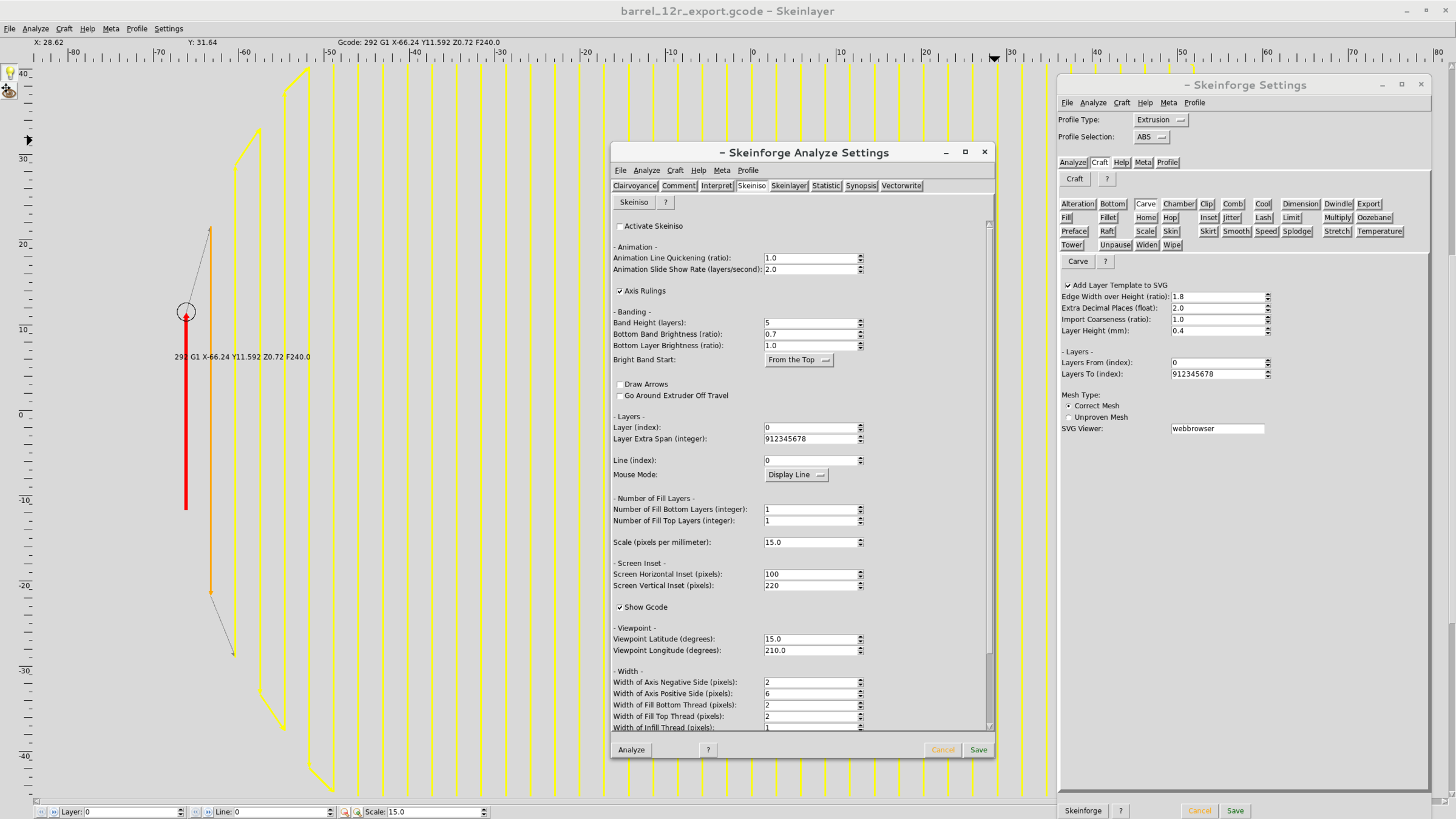
ITCHES
"Scratching its back" by Maëlick on Flickr, Creative Commons Attribution ShareAlike 2.0
WHAT IS UX?
WHAT UX IS NOT...
It's not the flower, it's the whole ecosystem
https://simplysecure.org/blog/when-closed-source-wins
https://opensource.com/article/17/4/itch-to-scratch-model-user-problems?sc_cid=70160000001273HAAQ
https://techcrunch.com/2017/04/30/the-past-present-and-future-of-design-in-silicon-valley/
!MAKEITPRETTY
!SURFACEONLY
IT'S SYSTEMIC.
"Where once engineers used to rely on raw programming languages to create software; today, they build from open-source libraries and preexisting technology platforms. In the consumer internet world in particular, the marginal cost of software is zero—and design is now the differentiator."
"The past, present, and future of design in Silicon Valley"
Steve Vassallo, Tech Crunch
"Zakim Bridge" by Robbie Shade on Flickr, Creative Commons Attribution 2.0
IF YOU BUILD IT, THEY MIGHT NOT COME.
CONTEXT
Understand the Users
Example: usersys static IP
Users ask for things.
The why matters.
HOW?
UX DESIGN PROCESS
USER RESEARCH
DESIGN IMPLEMENTATION
DESIGN VALIDATION
"Tracing Relations" by Neil Cummings on Flickr, Creative Commons Attribution-ShareAlike 2.0
GATHER DATA
ANALYZE DATA
PRIORITIZE FINDINGS
USER RESEARCH PROCESS
RESEARCH
DESIGN
VALIDATION
"Brainstorms at INDEX: Views" by Jacob Bøtter on Flickr, Creative Commons Attribution 2.0
GENERATE IDEAS
ORGANIZE IDEAS
CHOOSE A DIRECTION, PROTOTYPE
DESIGN PROCESS
RESEARCH
DESIGN
VALIDATION
VISUAL HIERARCHY
What's most important?
What stands out the most visually?
Sometimes alphabetical order isn't the best way to order things.
ORDERING

Sometimes alphabetical order isn't the best way to order things.
Ordering

By default, show the basics, and allow user to open up more options / controls if and as needed.
PROGRESSIVE DISCLOSURE
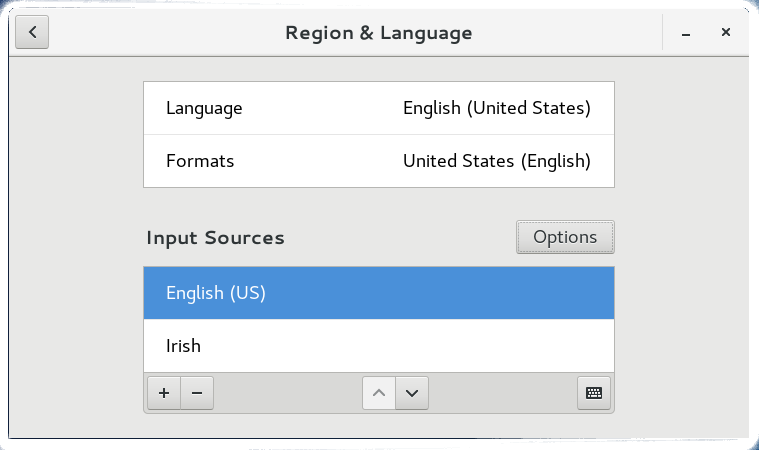
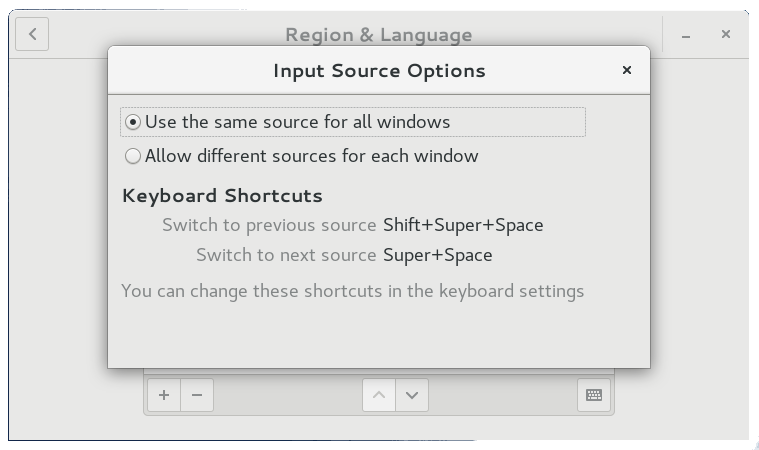
"Onion Skin" by June Seita on Flickr, Creative Commons Attribution 2.0
Chunking like controls and information together and eliminating extraneous items.
CURATION
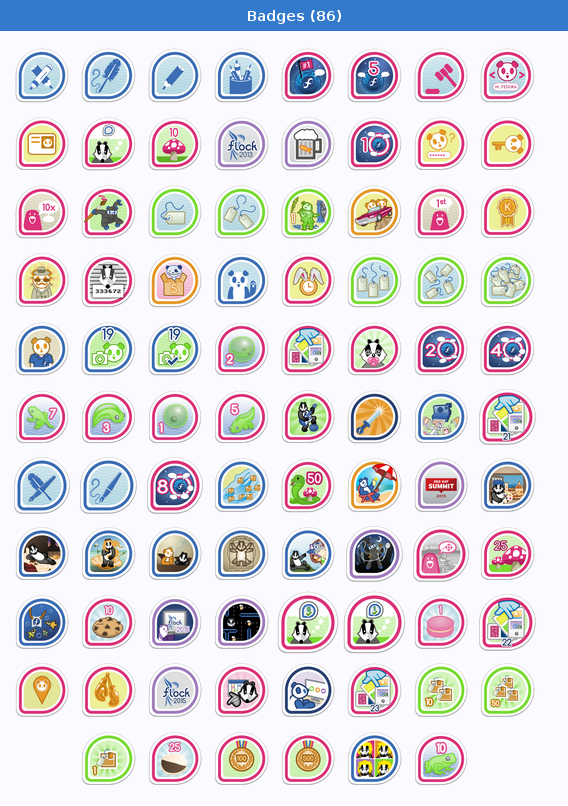
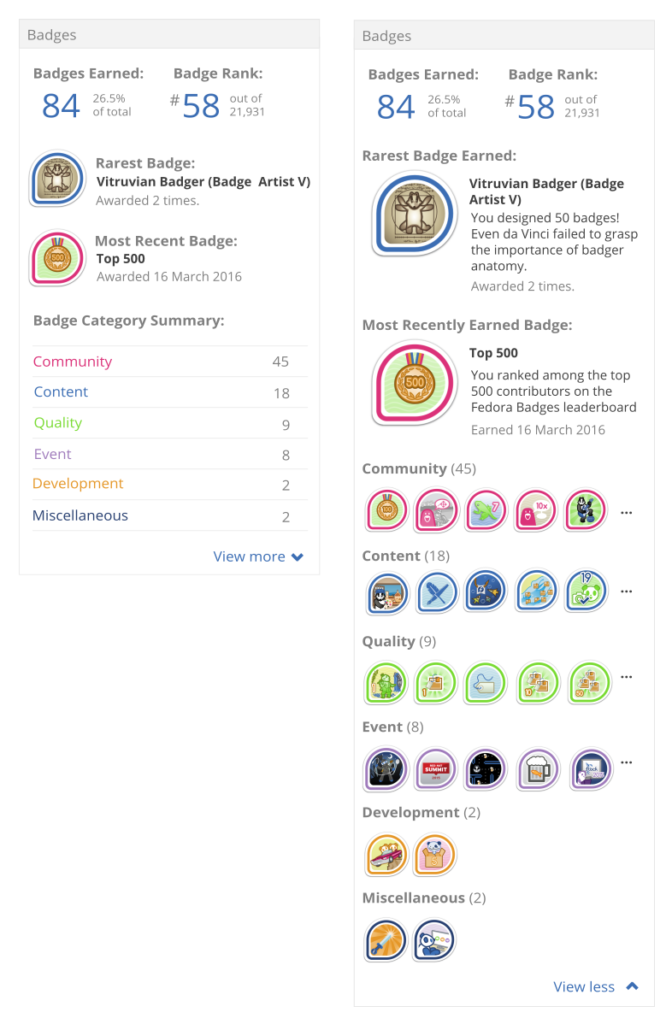
Putting information / tips right where a given control / item is on the screen is the most visible and useful place for it.
CONTEXTUAL HINTS

DIFFERENT TOOLS FOR DIFFERENT AUDIENCES
Sometimes the user audiences are divergent enough that more than one focused tool can meet their needs better than one tool that tries to address everything.
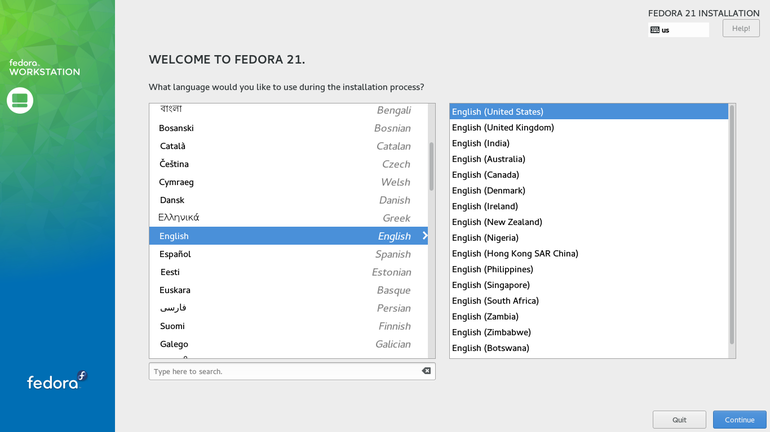
#version=DEVEL # System authorization information auth --enableshadow --passalgo=sha512 # Use CDROM installation media cdrom # Run the Setup Agent on first boot firstboot --enable ignoredisk --only-use=sda # Keyboard layouts keyboard --vckeymap=us --xlayouts='us','ie' # System language lang en_US.UTF-8 # Network information network --bootproto=dhcp --device=em1 --ipv6=auto --activate network --hostname=pandafortress # System timezone timezone America/New_York user --groups=wheel --homedir=/home/duffy --name=duffy # X Window System configuration information xconfig --startxonboot # System bootloader configuration bootloader --location=mbr --boot-drive=sda autopart --type=plain # Partition clearing information clearpart --all --initlabel --drives=sda %packages
CREATE TASK LIST
RUN TEST
ANALYZE RESULTS
VALIDATION (USABILITY TESTING)
RESEARCH
DESIGN
VALIDATION

...unless you prioritize addressing the issues you uncover in your roadmap!
Please do this!
USABILITY TEST RESULTS ARE USELESS...
MAKING THIS WORK IN AN OPEN SOURCE CONTEXT
The Users
We Have
Open Source
Contributors
The Users We Need
(For the ubiquity of software freedom we all crave)
#1 Be inclusive
Avoid technical user echo chambers.
#2 Don't displace existing users

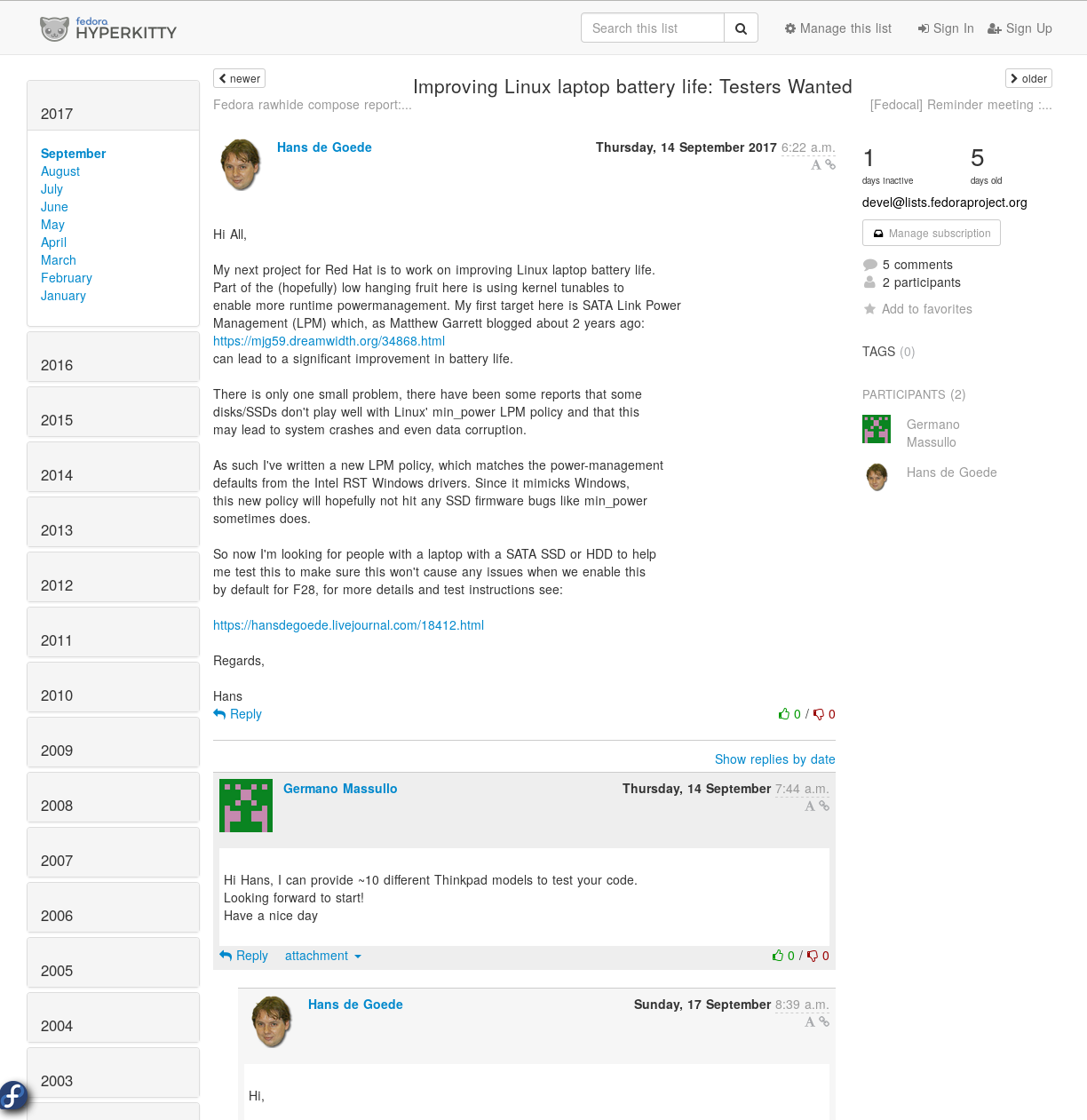
Augment and/or federate instead of replacing core functionality.
mailman email
hyperkitty web ui
Think about city planning...
Avoid design by committee by being clear about what you need feedback on and what you do not and who is making the final decision.
#3 Establish boundaries
You can use Gamestorming techniques to focus discussion:
The Open Decision Framework is a great method to follow:
No design decisions make 100% of those involved happy. In the absence of information, people assume the worst. It's easier to make peace with a decision you disagree with when you understand why it was made.
Be transparent from the start.
#4 Avoid conflict with transparency
The Open Decision Framework can help with this, too:
If you're not sure that the software needs a particular feature - don't add it. It is much easier to add something later than to remove it.
#5 It's easier to add, harder to remove

Image used under a Creative Commons Attribution-NonCommercial 2.5 License,
credit: Randall Munroe, XKCD #1172
Example: anaconda partition cylinder placement
DESIGN CULTURE IS DIFFERENT
It's OK. Here's how to work together:
Designers focus on people.
#1
Developers focus on technology.
perspective
We can help you focus on the problem to solve.
You are the expert in determining the best technology to solve it.
"Drive-by" UX is hard.
How do you submit a UX "patch"?
#2
where is the long tail in UX?
UX contributions require a
longer-term commitment because
of the depth they require.
Designers tend to use closed-source, proprietary tools.
#3
Idealism v. pragmatism
They don't need to, mind you.
But... be nice!
Start with standard, open formats for assets and go from there...
Their annoyance at the "Creative Cloud" is an opportunity here...
(an aside... a UX workflow using open source tools...)
Inkscape
Gimp
Sparkleshare
GitLab
MarkDown
Riot.im
Paper & Pencil :)
Whiteboards + Sticky Notes







'Release early and release often' is a familiar open source mantra.
#4
the big reveal
This can be difficult for designers who prefer sharing curated, polished designs.
Please help them.
In open source, often they who have commit rights and code have the final say.
#5
no ace in the hole
Designers don't have this. You need to visibly and publicly support their work in your community to help balance this out.
Please remember as in any cultural differences in opinion involving open source...
#6
shared vision
We have an authentic shared vision we passionately believe in: improve the world with open source technology, making software freedom accessible to all.
The open source vision is compelling and inspiring to designers.
WHERE WILL THE DESIGNERS COME FROM?
UX designer
open source
contributor
UX designer
open source
contributor
TRAINING
DESIGN BOUNTIES
OPEN SOURCE DESIGN COMMUNITY
http://opensourcedesign.net/
Job Board & Forum
INTERNSHIPS
Outreachy
University Partnerships
Your Company?
GREATER
GOOD
PROFIT
>
REMEMBER...
Let's help people solve problems without becoming a product themselves, Using Open Source.
Thank you.